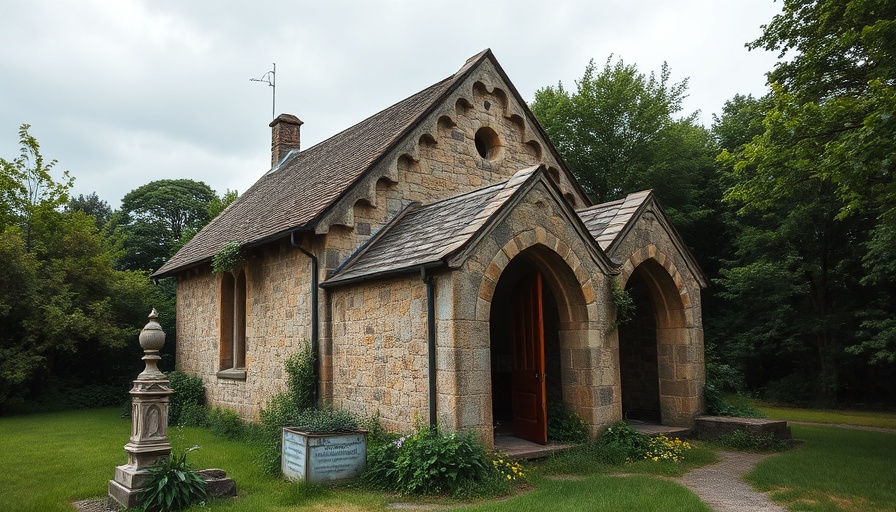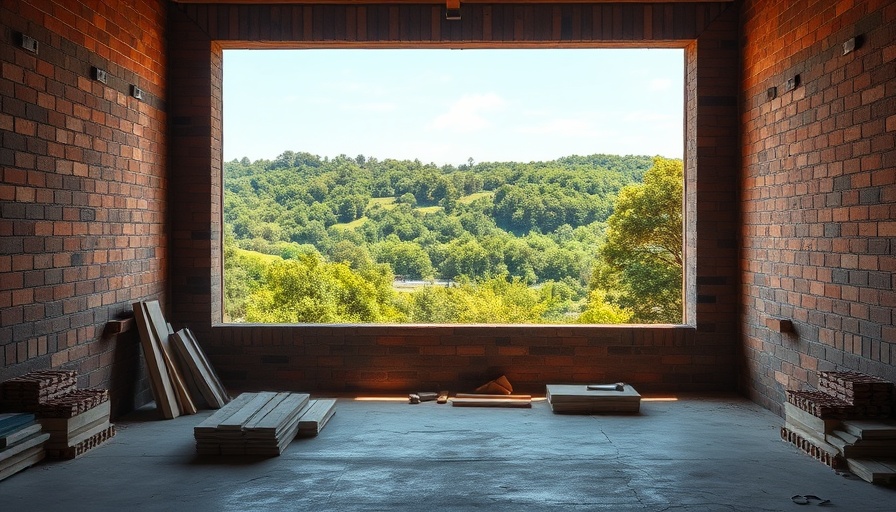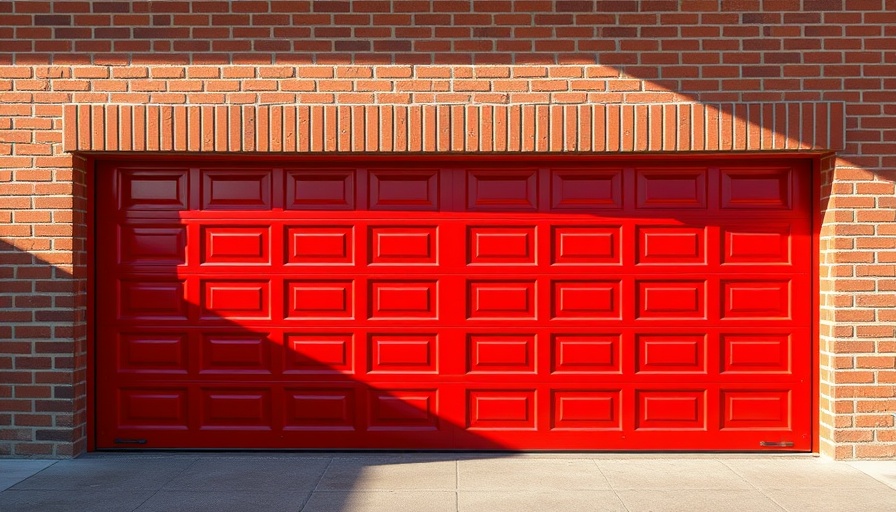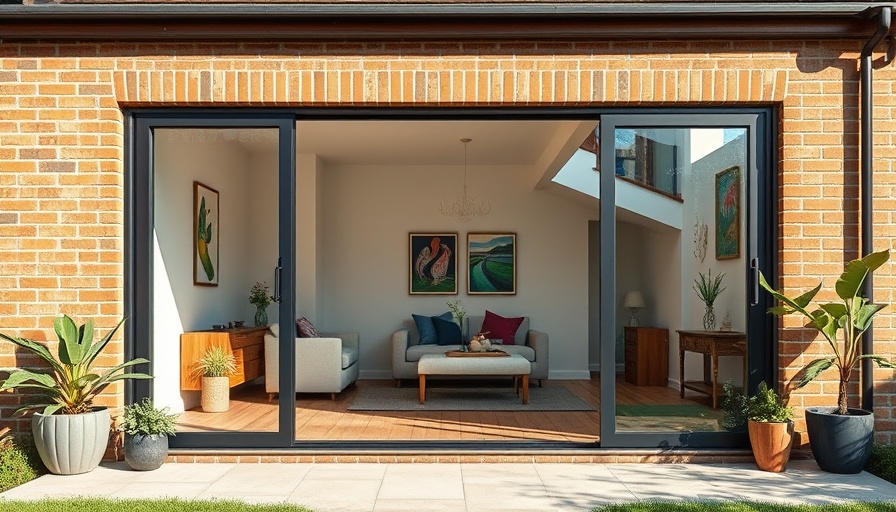
Chapel Conversion Opportunity in Stoford: A Unique Home Awaits
A former Wesleyan Methodist Chapel in Stoford has recently hit the market with an intriguing opportunity for potential homeowners. Priced at £170,000, this unique property comes with full planning permission to transform it into a charming one-bedroom home. Its historic architectural features offer a spotlight on the past while providing a blank canvas for a modern lifestyle.
What Makes This Chapel Special?
The chapel, which has been unoccupied since 1984, showcases ornate stained glass windows and a high-vaulted ceiling—characteristics that are highly sought after in residential conversions. With mains drainage, water, and electricity already connected, it is positioned for swift transformation.
Located on the corner of Newton Road and Court Lane, this chapel provides a stunning entrance marked by a low Hamstone wall and wrought iron gates, allowing residents to bask in its historical aura while enjoying modern living. Plans have already been approved to enhance the interior, featuring spacious living areas and a dedicated home office, perfect for today’s remote work culture.
The Value of Home Conversion Projects
For homeowners looking to expand their real estate portfolio or create a highly personalized living space, converting properties like chapels is increasingly popular. According to Graham Smith from Rapleys property consultancy, the trend for converting religious buildings into homes is on the rise, largely fueled by changing worship patterns post-pandemic. This aligns with a growing demand for unique and character-rich housing options.
Indeed, chapel conversions typically attract younger couples and downsizers seeking open-plan living, suggesting that this Stoford chapel might not just be a home, but a lifestyle choice as well. Furthermore, the rarity of these types of properties can bolster property value significantly once the conversion is complete.
Challenges and Considerations Ahead
While the conversion of such historic buildings presents immense potential, it is not without its hurdles. As Smith highlights, aspiring renovators can expect challenges such as navigating planning permissions, dealing with listing and conservation area rules, and addressing potential dilapidation issues. Prospective buyers must be prepared not only financially but also mentally for the meticulous work involved in achieving a successful transformation.
The buyer of this chapel should also note its location within a conservation area, necessitating attention to area regulations that could impact design choices. Additionally, given its historical nature, maintaining original features while adapting the space becomes essential.
Why Consider a Chapel Conversion?
Chapel conversions offer unique benefits that go beyond mere aesthetics. For homeowners in Virginia contemplating custom home additions, embracing a historical structure could lead to substantial returns on investment (ROI). Special features like high ceilings and large, airy spaces can significantly enhance a property's appeal and resale value. Furthermore, these projects often qualify for specific financing options tailored to renovations, potentially easing the financial burden for first-time buyers or investors.
Next Steps for Prospective Buyers
The opportunity to acquire a property with such rich character is rare. Interested parties should not hesitate to explore this unique project further. With its planning permission secured, the possibilities for creating a bespoke home are endless. To take the next step, potential buyers can visit Plotfinder to delve into this and numerous other self-build projects available nationally.
Investing in a chapel conversion not only fulfills the dream of homeownership but also champions the preservation of historical architecture. For anyone in Virginia, or elsewhere, seeking an extraordinary living experience, this chapel represents both a home and a heritage project.
 Add Row
Add Row  Add Element
Add Element 


 Add Row
Add Row  Add
Add 

Write A Comment